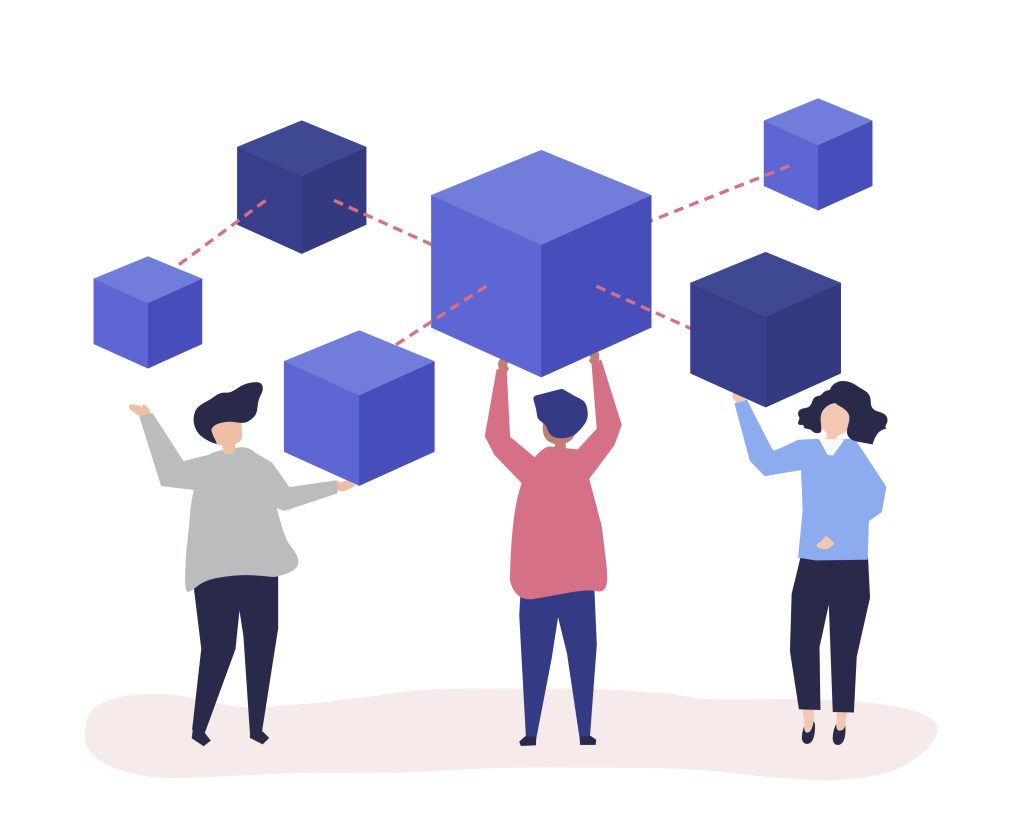
What Are Containers and Kubernetes?
Containers and Kubernetes are two buzzwords that you often hear in the world of software development. But what are they exactly? Let’s break it down.
A container is a lightweight, standalone, and executable software package that includes everything needed to run a piece of software, including the code, runtime environment, system tools, libraries, and settings. Containers are designed to provide a consistent and reproducible environment, which helps in eliminating the “it works on my machine” syndrome.
Kubernetes is an open-source platform designed to automate deploying, scaling, and managing containerized applications. In other words, if containers are the “what”, Kubernetes is the “how”. Kubernetes groups containers that make up an application into logical units for easy management and discovery.
The Importance of Kubernetes to Modern Businesses
The use of Containers and Kubernetes has been skyrocketing in the business world. But why are so many businesses adopting Kubernetes? The reasons are manifold.
Enhanced Scalability
Kubernetes makes it easy to scale your applications in response to changes in demand. With Kubernetes, you can automate the process of scaling your applications up and down, depending on the workload. This means that you can ensure that your applications are always running at their optimal capacity.
High Availability
Kubernetes also enhances the availability of your applications. It does this by ensuring that your applications are always up and running, regardless of any potential failures that may occur. Kubernetes achieves this high availability by constantly monitoring the health of your applications and automatically replacing any containers that fail.
Improved Productivity and Speed
With Kubernetes, you can improve the productivity and speed of your development team. Kubernetes allows for rapid deployment of applications, meaning your team can get new features and updates to your users faster than ever before. Moreover, Kubernetes automates many of the manual tasks associated with managing and deploying applications, freeing up your team to focus on what they do best: building great software.
Portable and Cloud-Agnostic
Perhaps one of the most appealing features of Kubernetes is its portability and ability to work on multiple clouds. Kubernetes works with virtually any type of container runtime and can run on any infrastructure, whether it be on-premises, in a public cloud, or in a hybrid cloud environment. This flexibility allows you to avoid vendor lock-in and choose the best environment for your specific needs.
10 Kubernetes Concepts Every Business Should Know
1. Pod
At the heart of every Kubernetes system lies the Pod. A Pod, in Kubernetes parlance, is the smallest and simplest unit that you can create and deploy. Pods represent processes running on your cluster and can contain one or more containers. Containers within a Pod share an IP address, hostname, and other resources, allowing them to communicate via localhost.
This concept is vital for businesses to understand as Pods form the basis of the Kubernetes system. They are the deployable units of computing that you can create and manage. Understanding Pods is the first step towards effectively harnessing the power of Containers and Kubernetes for your business.
2. Node
The Node is another fundamental concept to grasp. In the Kubernetes ecosystem, a Node is a worker machine, and it may be either a virtual or a physical machine, depending on the cluster. Each Node is managed by the Master and contains the services necessary to run Pods.
Nodes also house the runtime environment for containers. A Node’s status contains information about its health, which is of paramount importance for businesses to monitor. A Node that is not healthy cannot effectively perform its functions, which can disrupt the running of your applications.
3. Service
Next up is the Service concept. In Kubernetes, a Service is an abstraction that defines a logical set of Pods and the policy through which they are accessed. You can think of it as the way to expose your application running on a set of Pods as a network service.
Services allow your applications to receive traffic. They are essential in the Kubernetes architecture as they enable loose coupling between microservices in your application. Understanding Services can help businesses configure their applications for optimal network utilization.
4. Deployment
In Kubernetes, a Deployment controller provides declarative updates for Pods and ReplicaSets. You describe a desired state in a Deployment, and the Deployment controller changes the actual state to the desired state at a controlled rate.
Deployments are powerful as they manage the creation and scaling of Pods. They enable businesses to perform updates to their applications without downtime, roll back to previous versions, and scale their applications to accommodate traffic.
5. Helm
Kubernetes Helm is a package manager that allows developers and operators to more easily package, configure, and deploy applications and services onto Kubernetes clusters. Helm is maintained by the CNCF – in collaboration with Microsoft, Google, Bitnami and the Helm contributor community.
Helm is essentially a tool that streamlines the installation and management of Kubernetes applications, making it easier to start, version, share, and publish Kubernetes packages. Understanding Helm can help businesses to manage their Kubernetes applications more effectively and efficiently.
6. Persistent Volume (PV) and Persistent Volume Claim (PVC)
Understanding Persistent Volumes (PVs) and Persistent Volume Claims (PVCs) is crucial for managing storage in Kubernetes. A PV is a piece of storage in the cluster that has been provisioned by an administrator. It is a resource in the cluster just like a Node and is independent of any individual Pod that uses the PV.
A PVC is a request for storage by a user. It is similar to a Pod as Pods consume Node resources, and PVCs consume PV resources. PVs and PVCs allow businesses to manage storage resources in a way that abstracts the details of how that storage is provided and how it is consumed.
7. ConfigMap and Secret
ConfigMap and Secret are two key concepts that Kubernetes uses to manage configuration data. A ConfigMap allows you to decouple environment-specific configuration from your container images, making your applications portable.
On the other hand, a Secret is used to store sensitive information, like passwords, authentication tokens, and ssh keys. Storing confidential information in a Secret is safer and more flexible than putting it verbatim in a Pod definition or in a container image. Understanding how to use ConfigMap and Secret is vital for maintaining the security and integrity of your applications.
8. Ingress and Ingress Controller
Ingress and the Ingress Controller are two critical components in managing external access to the services in a cluster. Ingress exposes HTTP and HTTPS routes from outside the cluster to services within the cluster.
Ingress Controller, on the other hand, is responsible for fulfilling the Ingress, usually with a load balancer. Understanding Ingress and Ingress Controller can help businesses to efficiently manage traffic into their Kubernetes services and ensure high availability of their applications.
9. ReplicaSet and DaemonSet
ReplicaSet and DaemonSet are two important controllers in Kubernetes. A ReplicaSet ensures that a specified number of Pod replicas are running at any given time. It is useful for ensuring the availability and scalability of your applications.
Meanwhile, a DaemonSet ensures that all or some Nodes run a copy of a Pod. This is useful for deploying system daemons such as log collectors and monitoring agents. Understanding these controllers can help businesses to maintain high availability and monitor their Kubernetes applications effectively.
10. StatefulSet
Last but not least, understanding the StatefulSet is crucial, especially for businesses running stateful applications like databases. A StatefulSet is a workload API object that manages stateful applications. It provides guarantees about the ordering and uniqueness of Pods.
StatefulSets are valuable for managing applications that require one or more of the following: stable, unique network identifiers, stable, persistent storage, and ordered, graceful deployment and scaling. Understanding StatefulSet can help businesses to manage their stateful applications more effectively with Kubernetes.
In conclusion, understanding these 10 concepts can greatly enhance your ability to leverage the power of Containers and Kubernetes in your business. By mastering these concepts, you will be well on your way to harnessing the full potential of these tools for your business.
Author Bio: Gilad David Maayan
Gilad David Maayan is a technology writer who has worked with over 150 technology companies including SAP, Imperva, Samsung NEXT, NetApp and Check Point, producing technical and thought leadership content that elucidates technical solutions for developers and IT leadership. Today he heads Agile SEO, the leading marketing agency in the technology industry.











